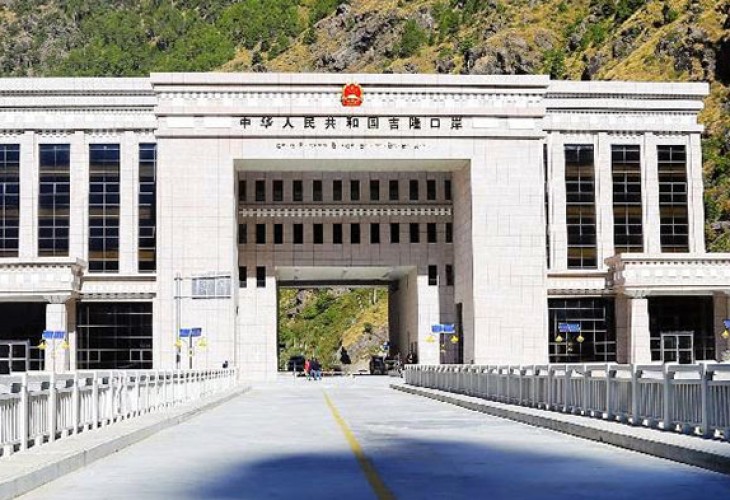- Home
- Blogs
- About
- Services
- Team
- Group Companies
- Contact Us
- सुचना *
-
Call Us On:
+977 1 5320150, 5320160 -
Send us a Mail:
info@cargonepal.com.np -

Nepal is a least developed country (LDC) without access to the sea in South Asia, located between China and India. Nepal mainly exports carpets, beverages, textiles, tea and plastics as well as oil, gold, iron and steel, clothes, pharmaceutical products, cement, electronic appliances, food, vehicles and many more. Its main export partners are India, the United States, Bangladesh and Germany. Nepal imports mainly fuel, clothing, gold, iron and steel, machinery and equipment. India, China, the United Arab Emirates, Indonesia and Thailand are the main importing partners. It is a member of the Bay of Bengal Initiative for Multi Sectoral Technical and Economic Cooperation (BIMSTEC), the South Asian Association for Regional Cooperation (SAARC) and the World Trade Organization (WTO).
Nepal is a low-income country with a population of 28.8 million and a GDP of $21.2 billion. Goods and services account for 30.3% and 69.7% of exports, respectively. According to recent data Imports in Nepal decreased to 116940.90 Million NPR in December from 123238.80 Million NPR in November of 2018. Imports in Nepal averaged 40022.89 Million NPR from 2001 until 2018, reaching an all-time high of 141240.60 Million NPR in September of 2018 and a record low of 8000.30 Million NPR in October of 2001. Imports in Nepal is expected to be 98600.00 Million NPR by the end of this quarter, according to Trading Economics global macro models and analysts’ expectations. Looking forward, we estimate Imports in Nepal to stand at 99100.00 in 12 months’ time. In the long-term, the Nepal Imports is projected to trend around 101000.00 Million NPR in 2020, according to econometric models.
Custom duties are generally assessed on the cost, insurance, and freight (CIF) value. Imported goods are also liable for a value-added Tax (VAT) of 13 percent levied on CIF plus customs duty value. Changes in the import tariffs, other duties, and taxes are generally announced through the annual budget, and later ratified by the Parliament before it is enforced. The annual budget for FY 2018/19 was released on May 29, 2018. This year’s Budget has committed to increasing excise duties on “luxury” items such as vehicles, alcohol and cigarettes, so the above duties are likely to change. The Department of Customs is also working on developing an app (“Nepal customs app”) for mobile phones which should make it easier to check tariffs and duties in future.